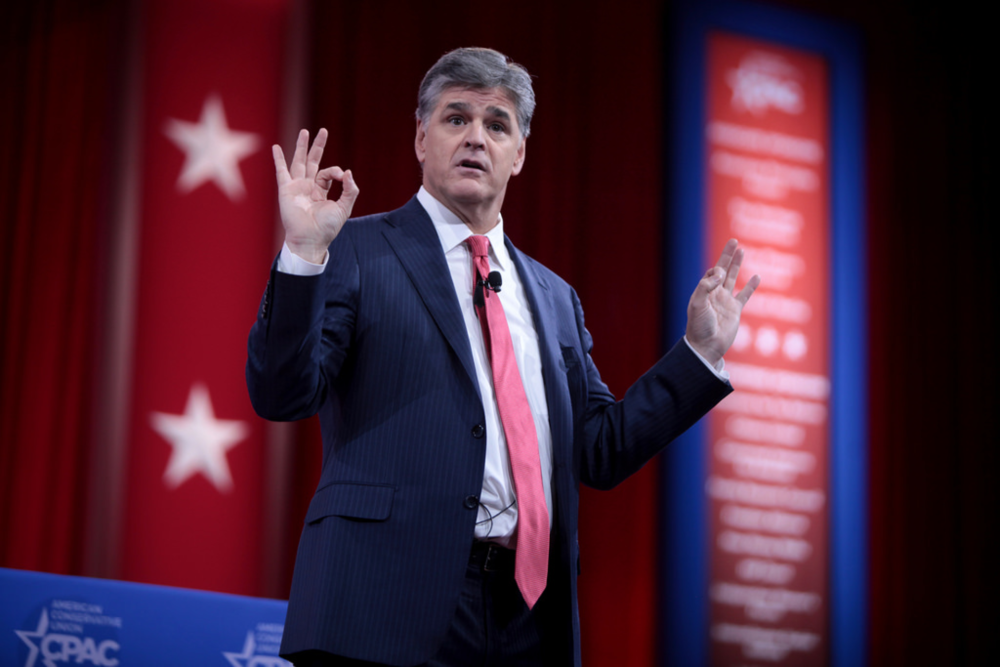Earlier this week, advertisers and brands found themselves in a Tweet storm after receiving backlash against calls to boycott Sean Hannity. Hannity, addressing the sexual misconduct allegations against Alabama Senate candidate Roy Moore, implored the candidate to “come up with a satisfactory explanation” for the accusations.
Keurig, Reddi-wip, Volvo and other brands were quick to tweet remarks about Hannity’s comments, and it wasn’t long before brands began pulling ads from the show. In response, angered consumers posted videos of themselves destroying Keurig coffee machines. Volvo owners called for direct boycott of the brand on Twitter. By Tuesday, many of the brands had either clarified or deleted their Hannity tweets entirely.
Did @VolvoCarUSA delete this tweet? @JoeMyGod pic.twitter.com/93rP6CmWVi
— David Lauri (@dlauri) November 14, 2017
This brings up the question: How do brands continue to voice their branded sense of morals without angering or perhaps alienating one section of their market? We talked to social media and branding expert, Paul Vivant, CEO of Digimind:
How are brands struggling to adapt to such a politically divisive consumer culture?
Vivant: Over the past few years, social media has become a hotbed for consumers’ political opinions. Some brands have chosen to take a firm stance, while others have refrained from participating in the conversation. Either way, brands that have been successful are those that have kept their ears open to what their customers want – that could be engagement, or it could be silence. Those who have struggled, on the other hand, might not be effectively listening to their audiences on social. Analyzing sentiment and making decisions based on smart recommendations are the keys to keeping up with an increasingly divisive consumer culture.
Why did the brands not stand behind their commitment to the tweets and let them remain?
Vivant: I suspect there were probably some internal communication errors. Something that brands must consider is that, in many cases, social media is no longer just the marketing department’s responsibility. Many teams within an organization, from HR to research and development, participate across and pull insights from the mediums. With this in mind, keeping all employees in the loop around social best practices and restrictions is essential.
We’re talking about a precarious intersection here: Branding, Social Media, and Politics. How do companies reckon with and navigate this kind of heated intersection?
Vivant: Navigating the intersection of branding, social media and politics comes back to the simplest of mantras: think before you post. Today’s heated political conversations seem to demand participation, and as a result, brands are often quick to do so. Brands who are regularly and intelligently listening to their audience on social are already in tune with what their audience or customer base wants, but before posting anything related to politics, they must think twice or risk losing both loyalty and affinity. Yes, social conversations unfold in real time. Yet posting without thinking is akin to blurting out the first thing that comes to mind – something that does little to promote a civil and thoughtful dialogue. Brands should take the social equivalent of a pause to collect thoughts, and understand its customers’ stances on the issue before hitting post.








